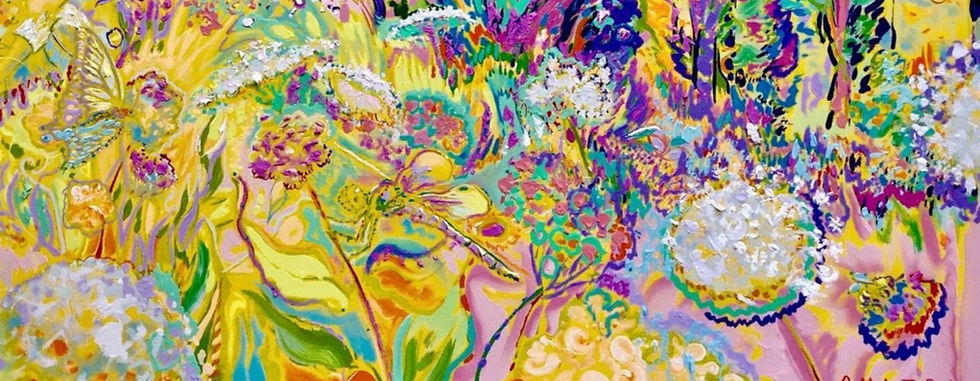The Purpose and Function of the Focal Point
- Dmitri Wright
- May 10
- 2 min read
A focal point is a place for the eye to rest. Here in the artist brings the viewer into a particular part of the work. One needs to be led to the point via the organization of the various elements of the composition within the overall design.
What or how the focal point is positioned on the picture plane depends upon elements such as size, shape, color, value, texture and the composition chosen. Impressionists used natural, snapshot, asymmetrical compositions different from the Academy’s formal, symmetrical compositions.
Foreground, middle ground, or background are used to place the Focal Point in the classical canon. This is the practice of formal composition; it is a time-honored approach, a logical system. The opposite is a natural intuitive approach to developing a composition’s focal point.
Imagine a stage in a theater in the front of the stage is the foreground, further back still is the curtains this is the middle ground, and even further back behind the curtains is the backdrop. At any point of depth from front to rear, where the actor stands is a focal point, the point of interest.
The old master paintings and silent movies would use the same idea of setting their compositions into three distinct layers foreground, middle ground, and background to create the illusion of perspective and a place for focal point.
Determine your focal point
The old masters would set their focal point usually in the center foreground, using compositions in a balanced formal way. On the other hand, Impressionists masters set their focal point within an asymmetrical composition, often putting the main subject off-center.
You can only see one thing at a time. Therefore, that which is in focus is the sharper definition, clearer in color, and more detailed in texture than things that are out of focus.
With Impressionism, the compositional patterns of light can be more important than the arrangement of persons or objects. Hence an illuminated light pattern or a seemingly insignificant color fragment could become the focal point. Establish your focal point and its subordinates in compositional harmony. When the focal point is well known to the observer, a representational harmony arises in them.



Comments